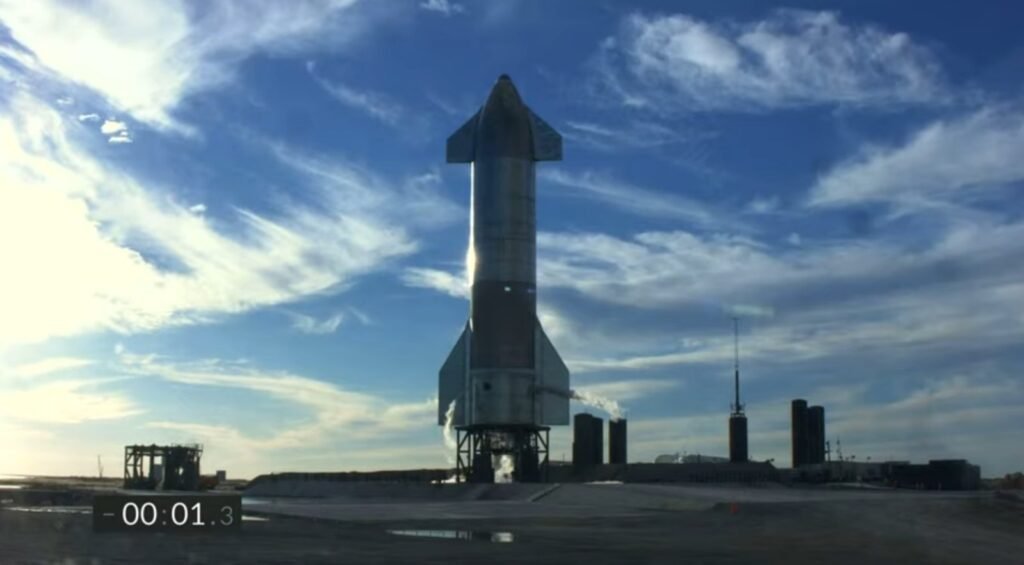The prototype of Elon Musk’s Starship SN8, reminiscent of anything that Buck Rogers would have piloted, plummeted peacefully and quietly through the Texas sky for almost two minutes on Wednesday. Then the Raptor engines blew to life, turning the rocket into a vertical orientation in preparation for landing, but it was too little or too late—or maybe some of them both.
A few seconds and a spectacular explosion later, SpaceX’s new next-generation rocket project followed its first successful high-altitude flight with a hard landing that is sure to be an instant member of the GIF and meme halls of fame.
SpaceX founder Elon Musk, who had long cautioned that such “rapid unscheduled disassembly” was likely, was among the happy masses, albeit for more technological than primary reasons.

“Successful ascent, the switchover to header tanks & precise flap control to landing point!” he wrote on Twitter. “Fuel header tank pressure was low during the landing burn, causing the touchdown speed to be high & RUD, but we got all the data we wanted.
SpaceX’s new Starship Version eventually raised its launch pad at around 2:45 p.m. PT Wednesday, please. An earlier attempt on Tuesday had been aborted with only one second left due to a Raptor engine problem.
A few minutes after Wednesday’s flight, one of the three Raptor engines stopped firing. According to Musk, each shutdown was deliberate and the “engines did great.” The rocket proceeded to climb to a projected apex of eight miles (12.5 kilometers) as part of its first high altitude test flight.
Approximately four minutes into the flight, the second engine shut down and the vessel seemed to be circling for a while before the final Raptor shut down and the SN8 started its free-fall back to Earth. As it approached the ground, the Raptors and the thrusters around the rocket were used to make a flip maneuver and to direct it vertically in preparation for the landing burn, as we were used to seeing the smaller Falcon 9 rockets in the business.
The burn did not seem to slow down SN8 fast enough or rapidly enough, as it came in for a rough and explosive landing.
The test flight takes Starship far closer to a journey to Mars than it has ever been, but clearly there’s still a long way to go.
Musk and SpaceX continued to upgrade the company’s next-generation rocket to potentially carry thousands of Earthlings to Mars, the Moon, and other destinations.
Next up, SpaceX is preparing to fly another prototype, SN9, and work on the first orbital flight.

4 Comments
Pingback: Elon Musk Says to Double Launchpad usage for SpaceX with Super Heavy Coming soon - Craffic
Pingback: SpaceX begins the new year with a $150 million satellite launch contract - Craffic
Pingback: Elon Musk says 'humanity will never get to Mars' after FAA delays The Starship launch by 24 hours - Craffic
Pingback: SpaceX's SN10 Starship lands successfully for the first time and then explodes - Craffic